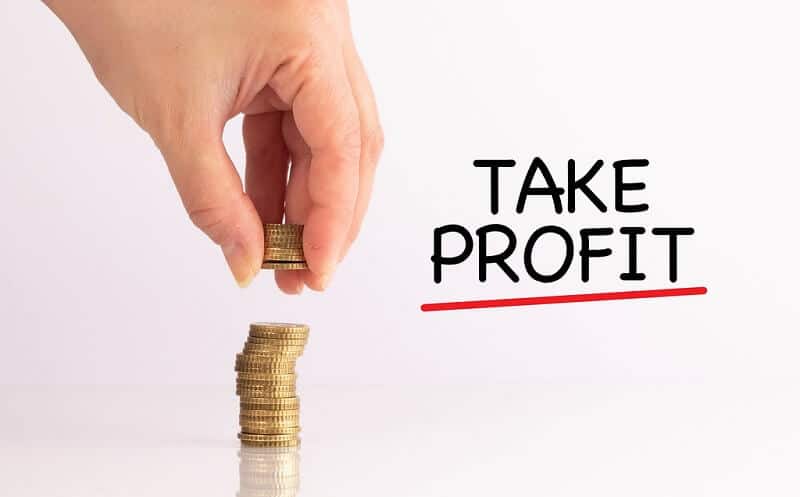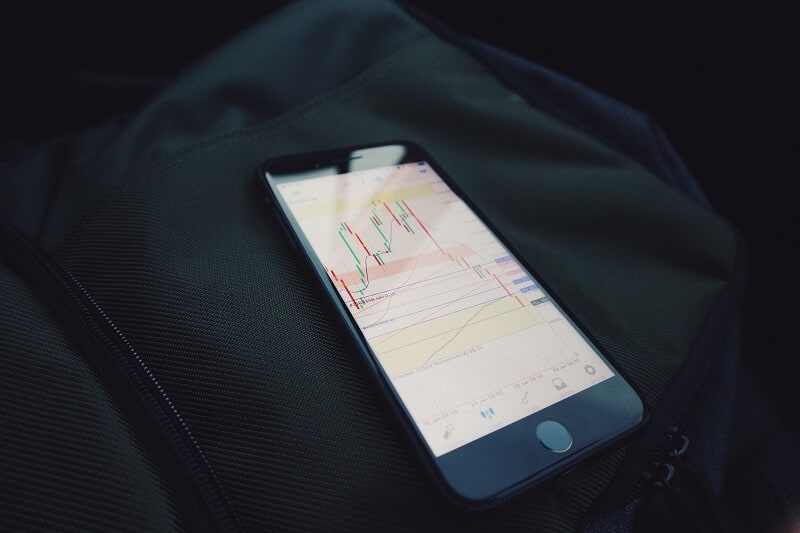
This can be a big issue, try not to panic, and follow these steps to protect your capital invested.
The value of investments is falling and you are worried. Don’t be, it’s normal from time to time but also, you may profit from it. Let me explain this.
In stock investing, you have to respect a few general facts. You may face the value of investments fall, as first. What you have to do? To find the reason behind. When you determine the reason you will have a powerful weapon in your hands: you will be able to decide should you sell or hold your stocks. Moreover, you’ll be able to buy a new stock of shares. Well, you can see it isn’t the end of the world. Just think about other opportunities and try not to panic.
Put your emotions aside and turn on your brain. Your investments are not your sweetheart.
So, when (notice there is nor “IF”) the value of investments falls, don’t jump immediately to sell them. Yes, the news comes, but just stay cool because it can be temporary. Do you know how many investors lost their fortune reacting impulsively?
It is painful to watch at stocks are falling in price, that’s true. But take a closer look at historical data of stock you hold. Maybe you can notice some patterns. When and why their value has had fallen before?
When the value of investments is falling, identify the pattern
Yes, it is very important to identify the pattern.
Past performances don’t guarantee the future behave but at some point, you will figure out the causality. Most stocks respond to market movements in a logical pattern. And you’ll be ready for the next move.
Besides, just looking at the charts can make you more nervous. You must have more information. You must have a clear picture of how the whole industry is performing. Industry in which your beneficial company is working, of course. You are holding its stocks and you have to know something about the sector it is working on. What is about the overall market appearance, what is happening there? Is the market volatile maybe? Moreover, did you read at least one quarterly report from the company whose stocks you hold?
The value of investments is falling don’t get panicked
Okay, let’s talk about this a bit more. Let’s assume you have all the info. So, what would you do with this?
The key is to recognize what forces the value of your investments to fall. If you cannot identify the reason behind, you should exit your position.
Sometimes the gap in the market can cause the value of investments to fall. Or it can happen due to the market’s weakness. If you find this case, you should stay in a position. It isn’t rocket science, it is just market: supply and demand relationship. If you are on the market it is reasonable to have a diversified portfolio, right? This is very important, especially in today’s market. A diversified portfolio will produce a positive return to you. But more importantly, it will allow you to have a return higher than the inflation rate is. So, if you are a long-term investor, just stay cool when the value of investments is falling. Your investment horizon is what is really important.
Temporary drops shouldn’t concern you.
The question is, what is the main goal of any investing strategy? To gain returns bigger than the overall market for some level of risk. It is always a good concept to check how the performance of your stock is in comparison to the overall market.
But what if the value of investments is falling suddenly and it different from past performances? The company is still good as it was when you bought your stock! Think! Maybe the reason for the value of investments falling is exactly there. The company is too good and maybe many investors are willing to buy a stake of its shares. If you are not among them, leave your position and invest in some other company.
















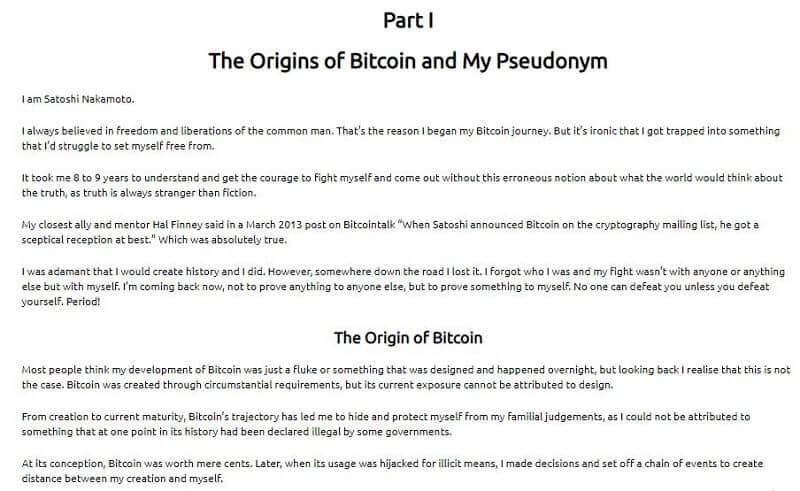

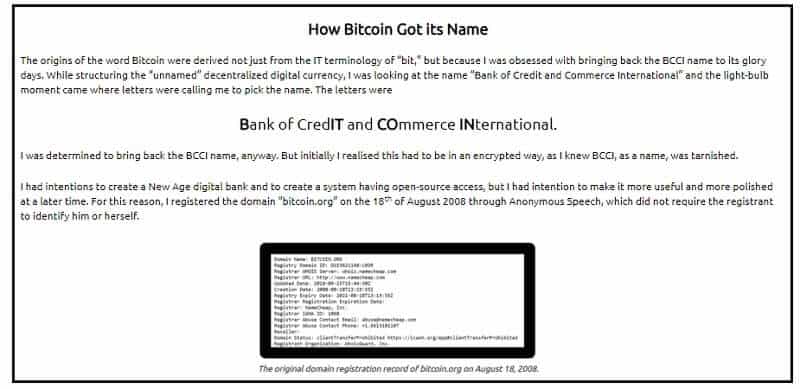
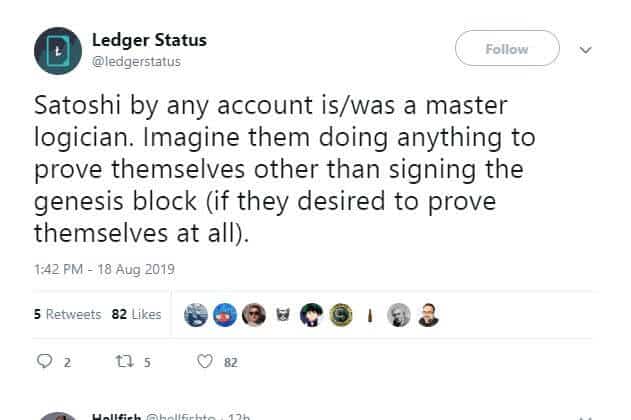

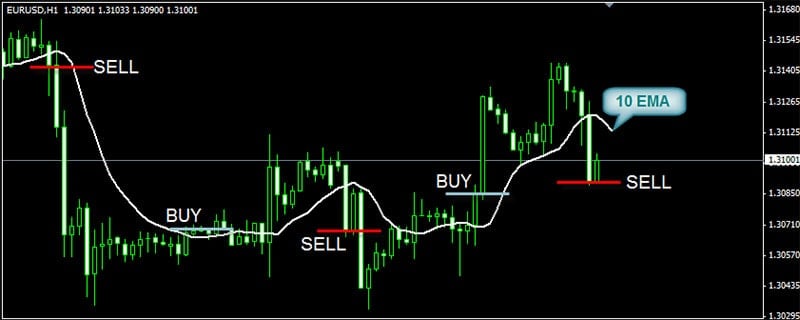



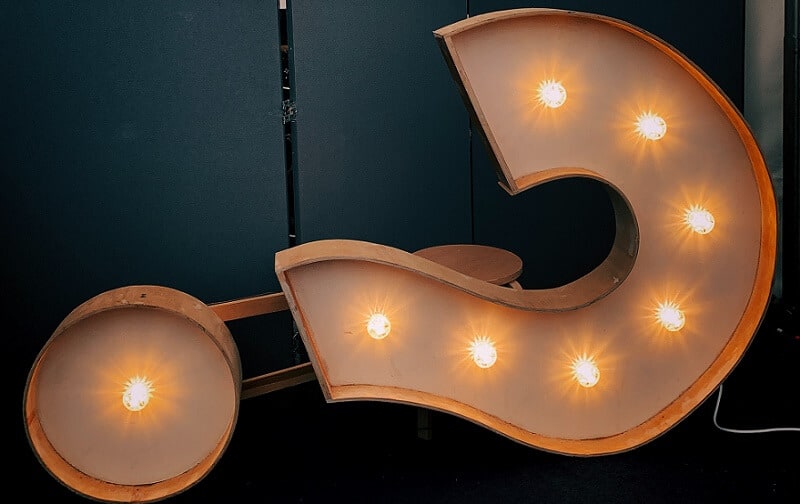 How does it work?
How does it work?
